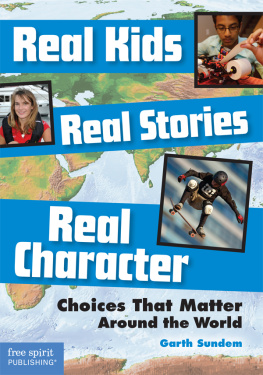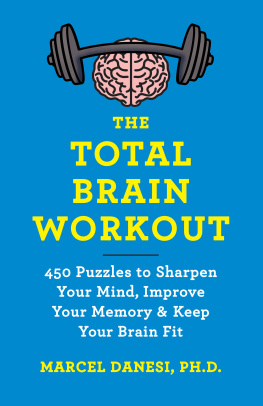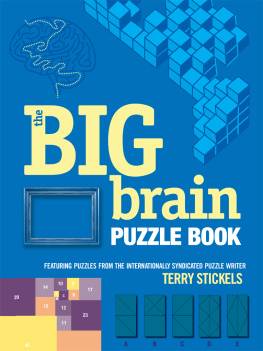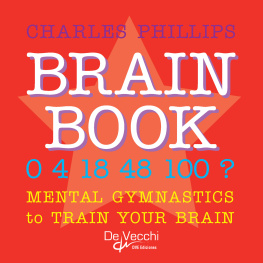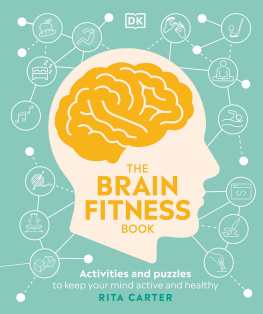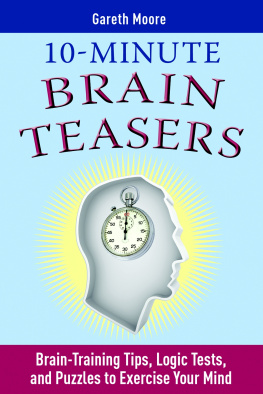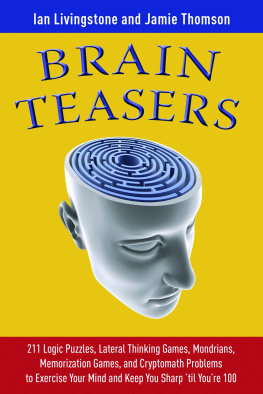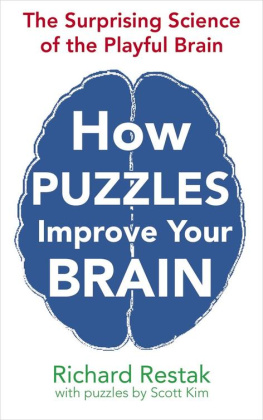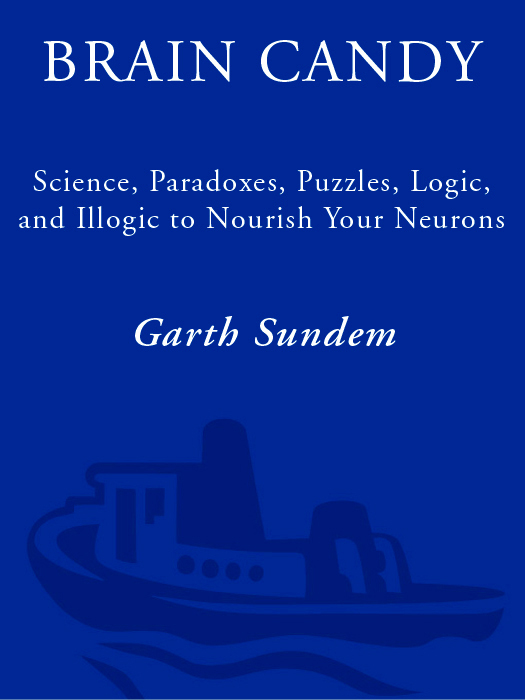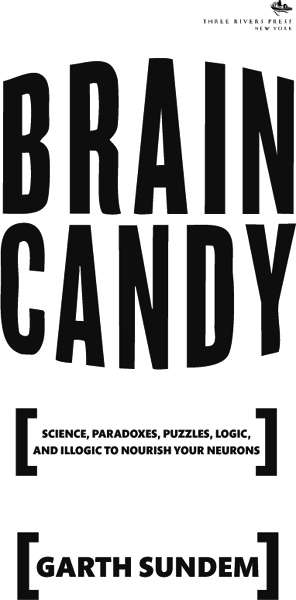To Lief, my little boy with a very big brain
CONTENTS
INTRODUCTION
Remember the FDA food pyramid and your horror when you learned that it takes six loaves of sprouted wheat bread to balance the effects of a thimbleful of sour apple Nerds? The same is supposed to be true of your brain: to avoid vegetative zombiism, you need a semesters worth of particle physics to counteract that Dancing with the Stars marathon you watched on Saturday. Make it two semesters if you scan the checkout-stand headlines.
Right?
Wrong.
This book has punkd the pyramid.
In these pages, you can trick your brain into thinking its watching that reality-television marathon when in fact its exploring cutting-edge topics in neuroscience, psychology, behavioral economics, neuroanatomy, game theory, cognitive science, and more.
In short, whats here is candy. But its candy thats good for your brain.
Did you know that country music leads to a higher suicide rate among whites? Have you seen the neural signature of a daydream? Did you know that the smell of shoe leather can arrest epileptic seizure? That mirror neurons create human morality, or that liars are biologically different from truth-tellers? That red beats blue in Olympic grappling contests? If any of these topics intrigue youor if you, like me, love geeking out on puzzles and illogic and perception oddities and questionable morality, and want to understand a bit more how the spittings of what is essentially a three-pound electric sausage make us humanread on.
Ten years ago, this book couldnt have been written. As recently as the mid-twentieth century, neurosurgeons lobotomized patients by punching ice picks through their eye sockets and waggling them back and forth. And psychologists were amazed when a dog drooled to the soundtrack of the Westminster Bell Choir. Now neurosurgeons get an assist from fMRI-guided robots and chat with patients during tumor surgery. And psychologists have moved past drooling dogs to explore the basis of what it means to be human: consciousness, cognition, reality, free will, and the very subjective ways we experience the world.
Brain science is exploding.
And if brain science is exploding, then the niche of neuroplasticitywhich describes how and how profoundly our actions shape our brainsis a nuclear bomb. You can grow your brain by flexing it in the right way, just as surely as Golds Gym grows muscles. Your thoughts, feelings, words, and deeds are more than ephemeral whims that happen and passtheyre encoded into the basic architecture of our brains as neurons grow, die, and rewire, and as regions with different functions optimize or decay.
So flex your brain. Seriously. To put it bluntly, reading this book will make you smarterthat is, if you use it to force your brain into new, challenging terrain (see the topics The Key to Brain Training and Do Crosswords Keep the Brain Young?). A little challenge to nourish your neurons can delay the effects of Alzheimers, and who doesnt need a little extra cerebral pop at home and in the office?
And nothing grows gray matter like disagreement. (The New York Times reports that the best way for adults to stimulate their brains is by challenging the very assumptions they have worked so hard to accumulate.) Fortunately, because the majority of these topics are ripped from the headlines of leading academic journals, much is on the edge of proven and you will almost certainly find topics that you disagree with. Please: think, evaluate, decide, and then write me nasty e-mailsbut before you take to the blogosphere like a winged monkey, check the original studies, referenced under topic headings at the back of the book. Also check the back of the book for scoring guidelines for the included self-tests, answers to the genius tester puzzles, and discussions of the game-theory dilemmas.
Now, sit back, get comfy (get a pencil!), and let this book turn a mirror to your mind.
COUNTRY MUSIC KILLS
Does country music make you want to grab a lariat and hang yourself from the nearest old elm tree? If so, youre not alone. Social psychologists Steven Stack and Jim Gundlach found that the more a citys radio stations play country music, the higher the white suicide rate.
Seriously.
Theirs was a big study, encompassing forty-nine metropolitan areas, and was careful to control for factors like Southernness, poverty, divorce, and gun availability. In other words, all else equal, country music kills. This was especially true when country music represented a citys sub- rather than its mainstream culture.
COOL NEUROSURGERY PAST AND PRESENT: TREPANATION THROUGH TIME
Today, trepanation, or drilling a hole in the head, is commonly used to release the pressure of swelling inside the skull. Throughout history, its been used to treat epilepsy, migraines, mood disorders, and pretty much any other head condition that seemed to surgeons of the time as if it could be improved by seeing the light of day.
 | Prehistoric This skull of a young girl dates to around 3500 B.C. The hole in the head is intentional, and postoperative bone growth shows that the patient survived the operation. Even earlier evidence for trepanation exists: Of 120 skulls at a burial site in France dated to 6500 B.C. , 40 showed trepanation holes and most showed the continuing bone growth that implies survival. |
 | Incan While its sometimes difficult to tell Incan trepanation from the practice of ritual, postmortem skull mutilation (charming, eh?), we nonetheless have enough evidence to tell that the practice was widespread. Its interesting to note that while the Inca were chippers (as seen here), the Maya were grinders, preferring to wear away the skull with rough rocks until exposing the brain. |
 | Netherlands: 1494 This shows a detail from a 1494 painting by the Dutch master Hieronymus Bosch, titled De keisnijding, which translates to Removing the rocks in his head. |
 | Netherlands: 1525 This 1525 engraving from a manual titled Handywarke of Surgeri shows a rather Inquisition-like trepanation machine. Interestingly, the Dutch are still leading the charge for trepanning today, in the person of Dr. Bart Hughes, who claims that it promotes blood-brain volume and can return people to the enlightened, childlike state of an infant whose skull bones have not yet fused. Those wacky lowlanders! |


